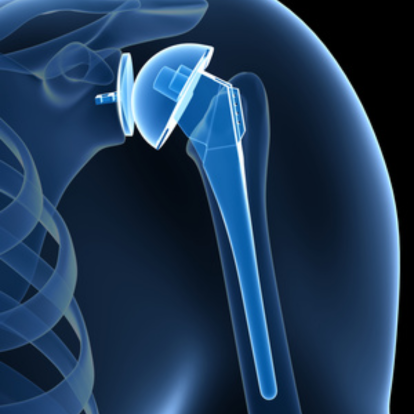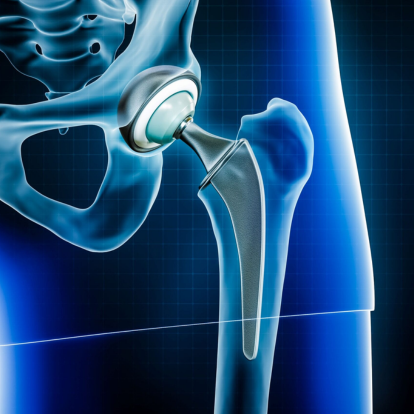Arthroplasty
Arthroplasty is a surgical procedure used to restore the function of a joint, typically performed in cases of severe arthritis or joint degeneration. It involves the replacement or repair of the joint, most commonly the hip or knee, to improve mobility and reduce pain.
The procedure involves the removal of the damaged portion of the joint and replacement with an artificial prosthesis, leading to better joint function and pain relief. Arthroplasty is often considered when conservative treatments such as medication or physical therapy fail to provide relief.
Benefits for Patients
- Effective pain relief
- Improved joint mobility and function
- Restoration of daily activities and quality of life
- Minimal to moderate recovery time
- Reduced need for long-term pain medications


Frequently Asked Questions
Learn more about arthroplasty and its role in restoring joint health.
Arthroplasty is a surgical procedure to replace or repair a damaged joint. It is most commonly done in cases of arthritis or joint degeneration, and the most common types are hip and knee arthroplasty.
Recovery time varies depending on the type of arthroplasty, but most patients can return to normal activities within 3 to 6 months. Physical therapy plays a crucial role in rehabilitation.
As with any surgical procedure, there are risks involved, such as infection, blood clots, or complications with the prosthesis. However, these risks are low, and proper care can minimize them.
